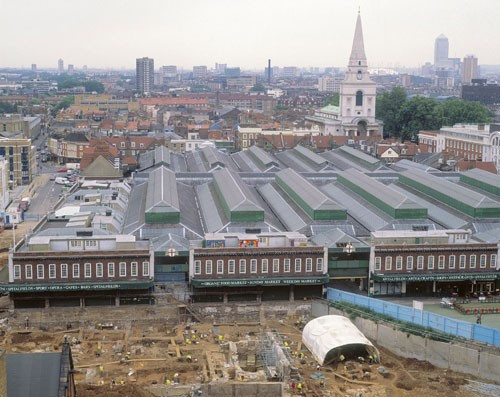Indonesia Volcano: World's Largest Eruption Buried 'Pompeii of The East'
Damage from 1257 volcanic eruption spread to both Arctic and Antarctic

The volcano responsible for the world's largest ever eruption in 1257 has been discovered in Indonesia.
Researchers have determined that the explosion was from the Samalas volcano, which is part of the Mount Rinjani Volcanic Complex on Lombok Island.
The scientists, whose findings are published in the Proceedings of the National Academy of Sciences, say the volcanic eruption was the biggest in the last 7,000 years, yet its origin has baffled glaciologists, volcanologists, and climatologists for decades.
Researchers looked at radiocarbon dates, tephra geochemistry, stratigraphic data, and medieval texts to deduce the Indonesian source of the blast.
"Medieval chronicles highlight an unseasonable cold summer with incessant rains, associated with devastating floods and poor harvests ... Until now, however, identification of the volcano responsible for the medieval 'year without summer' has remained uncertain, despite more than 30 years of investigations.
"Various candidates have been implicated, including Okataina (New Zealand), El Chichón (Mexico), and Quilotoa (Ecuador), but none of these presents a strong case with respect to eruption magnitude, geochemistry, and timing."
The researchers say that at least 40km3 of tephra were deposited and the eruption column reached 43km. It was such a huge explosion that its effects were felt in both the Arctic and the Antarctic.
"Glass geochemistry of the associated pumice deposits matches that of shards found in both Arctic and Antarctic ice cores, providing compelling evidence to link the prominent 1258/1259AD ice core sulfate spike to Samalas," they wrote.

"We further constrain the timing of the mystery eruption based on tephra dispersal and historical records, suggesting it occurred between May and October 1257AD."
There is little left of the Samalas volcano now other than a crater lake, but the scientists believe a city could be lying beneath the debris from the blast. They believe a 'Pompeiii of the Far East' may be lying under the volcanic deposits.
As well as having a huge environmental impact, the eruption also caused a massive sociological shift, the researchers say.
"Archaeologists recently determined a date of 1258AD for mass burial of thousands of medieval skeletons in London, which can thus be linked to the global impacts of the 1257AD ultraplinian Samalas eruption. At the local and regional scales, the socio-economic and environmental consequences of this cataclysmic event must have been dramatic.
"Significant parts of Lombok, Bali, and the western part of Sumbawa were likely left sterile and uninhabitable for generations. This finding might provide insights as to the reasons why the Javanese King Kertanegara, who invaded Bali in 1284AD, did not encounter any resistance by local population.
"The Babad Lombok indicates that the eruption of Mount Samalas destroyed Pamatan, the capital of the Lombok kingdom. We speculate that this ancient city lies buried beneath tephra deposits somewhere on the island.
"Should it be discovered, Pamatan might represent a 'Pompeii of the Far East', and could provide important insights not only into Indonesian history but also into the vulnerability, adaptation, and resilience of past societies faced with volcanic hazards associated with large-magnitude explosive eruptions."
© Copyright IBTimes 2025. All rights reserved.






















